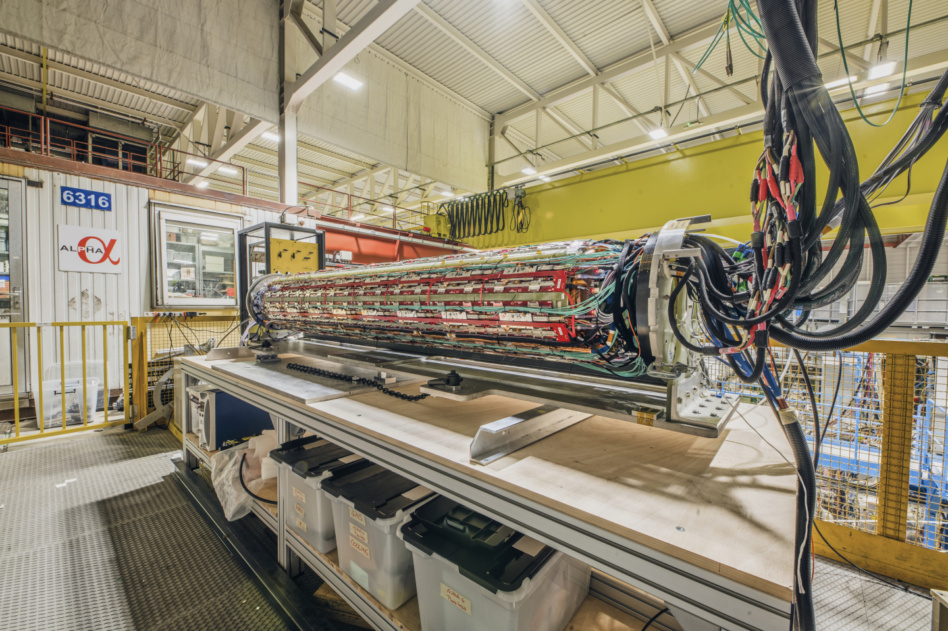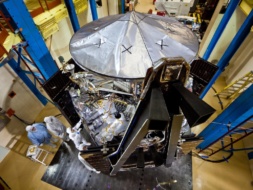Forget your dreams of harnessing the awesome power of antimatter to hover and float through the air in the science-fiction world of the future. As it turns out, that approach would leave you in the lurch.
For the first time, researchers at the European Center for Nuclear Research (CERN) have experimentally demonstrated that, just like every other bit of matter in the universe, antimatter responds to gravity. The results were published yesterday in the journal Nature.
Reverse the charges: Antimatter isn’t as mysterious a substance as the name implies. Antimatter particles are similar to the particles of matter that make up everything around us, but the subatomic particles have opposite charges. Negatively charged anti-protons stand in place of the familiar proton, and positively-charged positrons replace electrons.
- This is different from “dark matter,” which has never been observed or synthesized in a lab, and which is essentially a stand-in name for whatever it is making the universe accelerate in its expansion.
Antimatter was spotted in cosmic ray showers back in 1932, and synthesized in a lab for the first time more than three decades ago. In that time, no one has been able to demonstrate experimentally that antimatter responds to gravity—mostly because it doesn’t stick around long enough for scientists to find out.
“The real problem is that the gravitational force is incredibly weak compared to electrical forces,” Joel Fajans, a physicist at UC Berkeley and one of the designers of the study, said in the release. “So far, it has proved impossible to directly measure gravity with a drop-style measurement with a charged particle, like a bare positron, because any stray electric field will deflect the particle much more than gravity will.”
Falling fast: To perform their experiment, the researchers at CERN put a pile of anti-hydrogen atoms in a small tube and contained them with a magnetic field. When the magnetic field was turned down, the particles would bounce around and escape the tube. Most of them wound up on the bottom end of the tube, indicating that gravity had a role in pulling them downward.
These results align with what we’d expect from a theoretical standpoint. Einstein’s theory of relativity says that all matter, regardless of charge, is subject to the same gravitational pull, and if the experimental results showed otherwise, that would wreak some havoc in our understanding of the laws of physics.
“If you walk down the halls of this department and ask the physicists, they would all say that this result is not the least bit surprising. That’s the reality,” Jonathan Wurtele, a UC Berkeley theoretician, said in the release. “But most of them will also say that the experiment had to be done because you never can be sure.”




